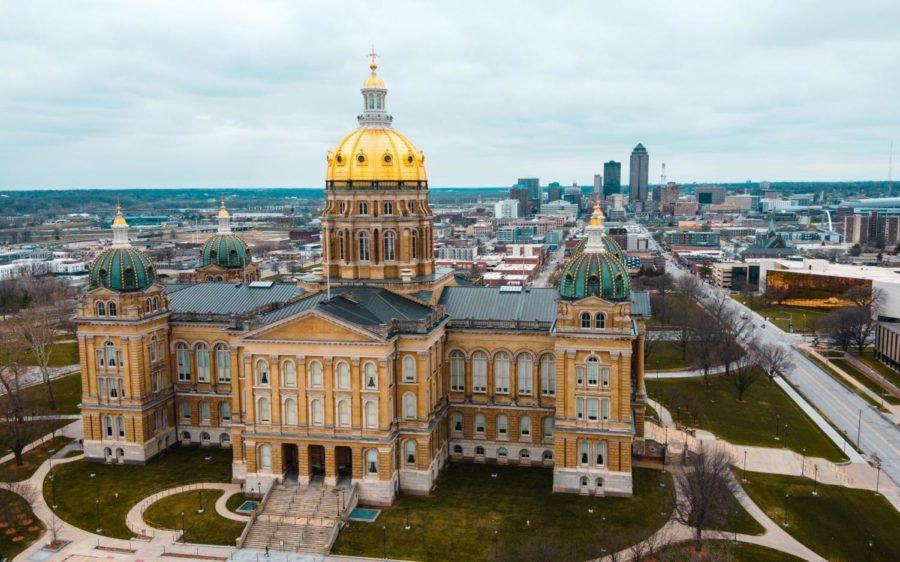Editorial: Redistricting in Iowa: politics and gerrymandering
The ISD Editorial Board explains the redistricting process in Iowa and how our legislature can continue to avoid gerrymandering.
August 29, 2021
Editor’s Note: Editorials are representative of the views of all Editorial Board members. One or two members will compile these views and write an editorial.
The state of Iowa is about to look a whole lot different than before, politically, that is. With data from the 2020 census, Iowa is now in the process of redrawing districts for state senators and representatives, as well as federal representatives. And thanks to Iowa law, the process is actually very straightforward, with little room for politics to have any big effect.
The redistricting process is actually pretty simple. Members of the Legislative Service Agency draw new districts and submit them to the Iowa Legislature for approval. The legislature can approve or deny the first two attempts of the Legislative Service Agency, but they can’t make any changes themselves. Only after reviewing the third set of new district maps drawn by the Legislative Service Agency can the legislature begin to make changes.
Now, that may not sound straightforward. Why not just vote on the first maps, and if the vote fails, let the legislature make changes right away? What is the purpose of sending the legislature two sets of maps that they can’t change?
The answer is gerrymandering, and Iowa has done a fairly great job of avoiding it in the past. This is thanks in part to Iowa law but also because of the commitment Iowa lawmakers have made to leave politics out of the process.
Gerrymandering is when elected officials draw district boundaries with the intent of splitting voting demographics so that those elected officials are more likely to win more districts the following election cycle. In other words, gerrymandering is when politicians think more about themselves and less about their constituents.
So why is Iowa so good at avoiding gerrymandering?
For starters, Iowa uses the nonpartisan Legislative Services Agency to draw the maps. These are individuals who don’t stand to lose anything with the redrawing of districts. Second, these individuals use two guiding principles to draw the new districts: numbers and compactness.
The number one priority for new districts is to have as close to the same number of people living in each district as possible. The goal is to give voters in one district the same power as voters in another district during elections, and that all relies on districts being nearly identical in population.
The Legislative Services Agency also looks at what it calls “compactness” as a way of drawing districts free from gerrymandering. Though it has no official definition, compactness refers to how “square” a district is. The best way to observe this is to look at Iowa’s four Federal Congressional districts. Iowa is pretty much a square state, and with four districts, it’s easy to divide Iowa into quadrants. County populations alter the shape a little, but by creating these “square” districts, lawmakers cannot pull populations with certain demographics across the state through funky-shaped districts.
Make no mistake, Iowa will be susceptible to gerrymandering as the redistricting process continues. We are at a highly politicized point in history, and any advantage a political party might have to tip the scale in their favor for the next decade will be hard to pass up.
Call your local representative or senator. Explain to them the importance of maintaining Iowa’s long history of independent redistricting. Tell them that you value the commitment they and their predecessors have shown to giving Iowans free and fair elections and making sure each Iowans’ vote counts the same as the next.
Iowa is a purple state, and the pressure will be put on individuals to help their political party, but the Iowa Legislature will resist if it knows what Iowans value. The laws and processes in place now will provide a great defense against gerrymandering, and with any luck, Iowa won’t actually look all that different, politically, that is.







